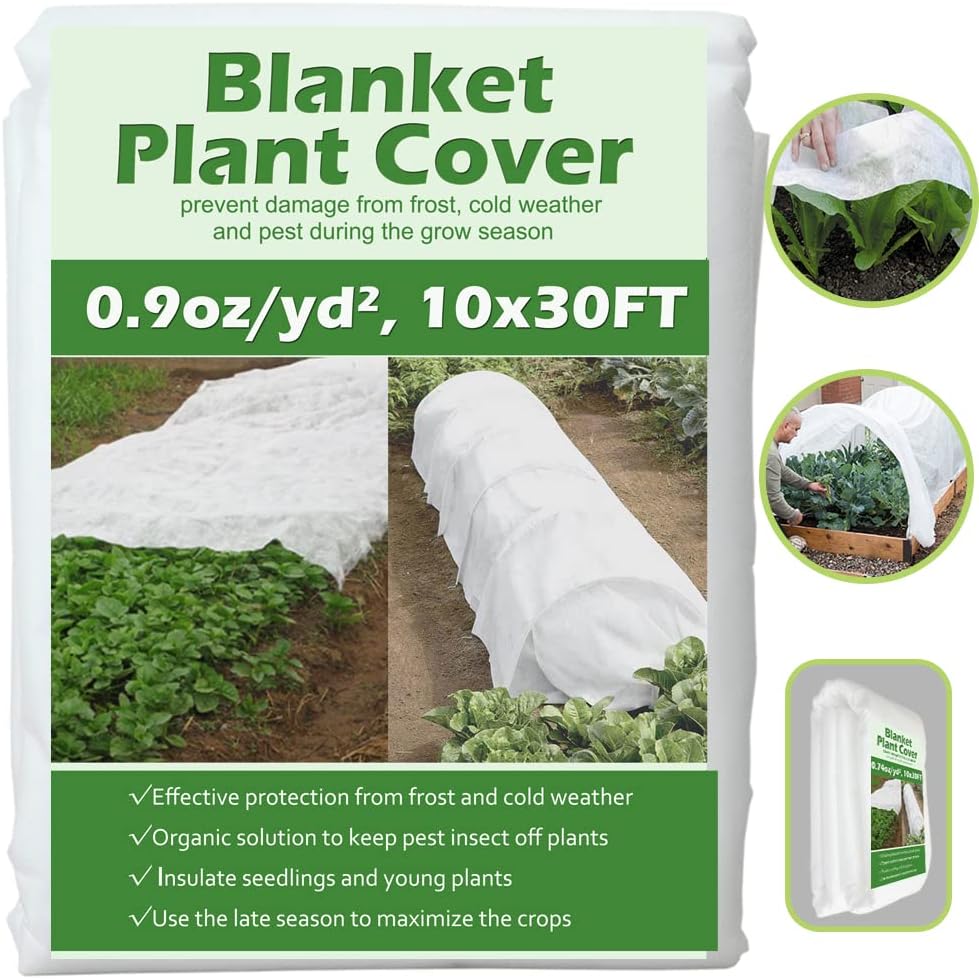
Everyone, not just new gardeners, is enamored by the seasonal display of spring-flowering bulbs. In the Southeast, daffodils (Narcissus spp. and cvs., Zones 3–9) are without a doubt the queens of this category. Daffodils have a few things going for them. First, they have good-size flowers. Additionally, they are very long-lived in Southeastern gardens. And perhaps most importantly, their bulbs are readily available in the fall from nearly any horticultural retail outlet. While daffodils are one of the Southeast’s favorite spring-flowering bulbs, expanding one’s bulb palette beyond the basics is a good way to extend the flowering season and get the most out of spring. You can do this by adding new kinds of spring-flowering bulbs to your garden that bloom at different times and complement the bulbs you currently have in your garden.
A deceptive name for Southeastern gardeners
One of the bulbs that runs right up into daffodil season in the Southeast is summer snowflake (Leucojum aestivum, Zones 4–8). This plant’s common name is a misnomer for gardeners in our region, because while it blooms later in colder areas, it is often in full bloom in mid to late March in the Southeast. This bloom period is right in concert with mid- to late-season daffodils and an array of other bulbs.

Summer snowflake at a glance
Summer snowflake’s white bell-like flowers, which are edged in green, sit atop 12- to 14-inch-tall flower stalks that nod downward. Flowering can last a few weeks in the garden, particularly if weather is mild. Bees flock to the little bells and get to work the minute the first flower opens. Summer snowflake is also said to be somewhat deer resistant.

Provide the ideal conditions
Summer snowflake is a European and Western Asiatic species perfectly suited for our region. In its native habitat, it grows in wetland plant communities, such as wet meadows, forests, and scrubs in lowland river floodplains and valleys. In our region, our wet springs and dry summers are just the right combination of conditions for summer snowflake to thrive.
When choosing a location for this plant, think of semi-shady zones or sunny areas with good soil and adequate moisture in the spring. I have grown this plant in nearly full shade. However, the edges of woodlands where spring light abounds seems the best. All that being said, this is a flexible plant that may be suited to a variety of conditions.

Plant with an eye to the spring display
Summer snowflake is adaptable and carefree. It will remain well behaved and not spread aggressively. When planting bulbs, do so in large groups to get the most out of the spring bloom. I often recommend this as a complement to other spring stars in the garden. Of course, it pairs well with daffodils. But other great companions include the fresh spring leaves of heuchera (Heuchera spp. and cvs., Zones 4–9) or the bold foliage of Virginia bluebells (Mertensia virginica, Zones 3–8).
Tips for planting and ongoing care
If you want to add summer snowflake to your garden, seek out bulbs from a reputable source and plant in the fall, or ask for divisions from a gardening friend. Clumps should be divided and replanted in early summer as the foliage starts to turn yellow. Plants will continue to go dormant, and you should be rewarded the following spring.
After flowering, allow foliage to remain until it is completely yellow and withered before cutting it back, as you would with other spring-flowering bulbs. This will keep plants coming back year after year. When the time is right, you will not be disappointed if you add summer snowflake to your garden. Clumps take a few years to bulk up, so be patient. The reward will come soon enough. Find out more about summer snowflake here.
And for more regional information on growing spring-flowering bulbs in the Southeast, check out:
- Tulip or Not Tulip? Growing Tulips Successfully in the Southeast
- Unique Bulbs for the Southern Garden
- Spring Bulb After-Care in the Southern Garden
A quick note on terminology
The term “bulb” has become a generalized term for the assortment of “true” bulbs as well as corms, tubers, and even some rhizomes, stolons, and other modified roots that gardeners plant in fall or spring. What I really mean to say when I call summer snowflake a bulb is “geophyte.” A geophyte (geo- [“earth”] + -phyte [“plant”]) is a perennial that bears its buds below the surface of the soil.
Andy Pulte is a faculty member in the plant sciences department at the University of Tennessee.
Fine Gardening Recommended Products

Attracting Beneficial Bugs to Your Garden, Revised and Updated Second Edition: A Natural Approach to Pest Control
Fine Gardening receives a commission for items purchased through links on this site, including Amazon Associates and other affiliate advertising programs.

Lee Valley Garden Knife
Fine Gardening receives a commission for items purchased through links on this site, including Amazon Associates and other affiliate advertising programs.

Plant Covers Freeze Protection 10 ft x 30 ft Floating Row Cover 0.9oz/yd²
Fine Gardening receives a commission for items purchased through links on this site, including Amazon Associates and other affiliate advertising programs.


















Comments
Log in or create an account to post a comment.
Sign up Log in